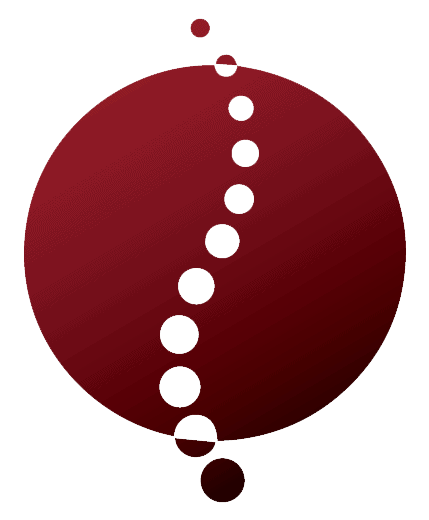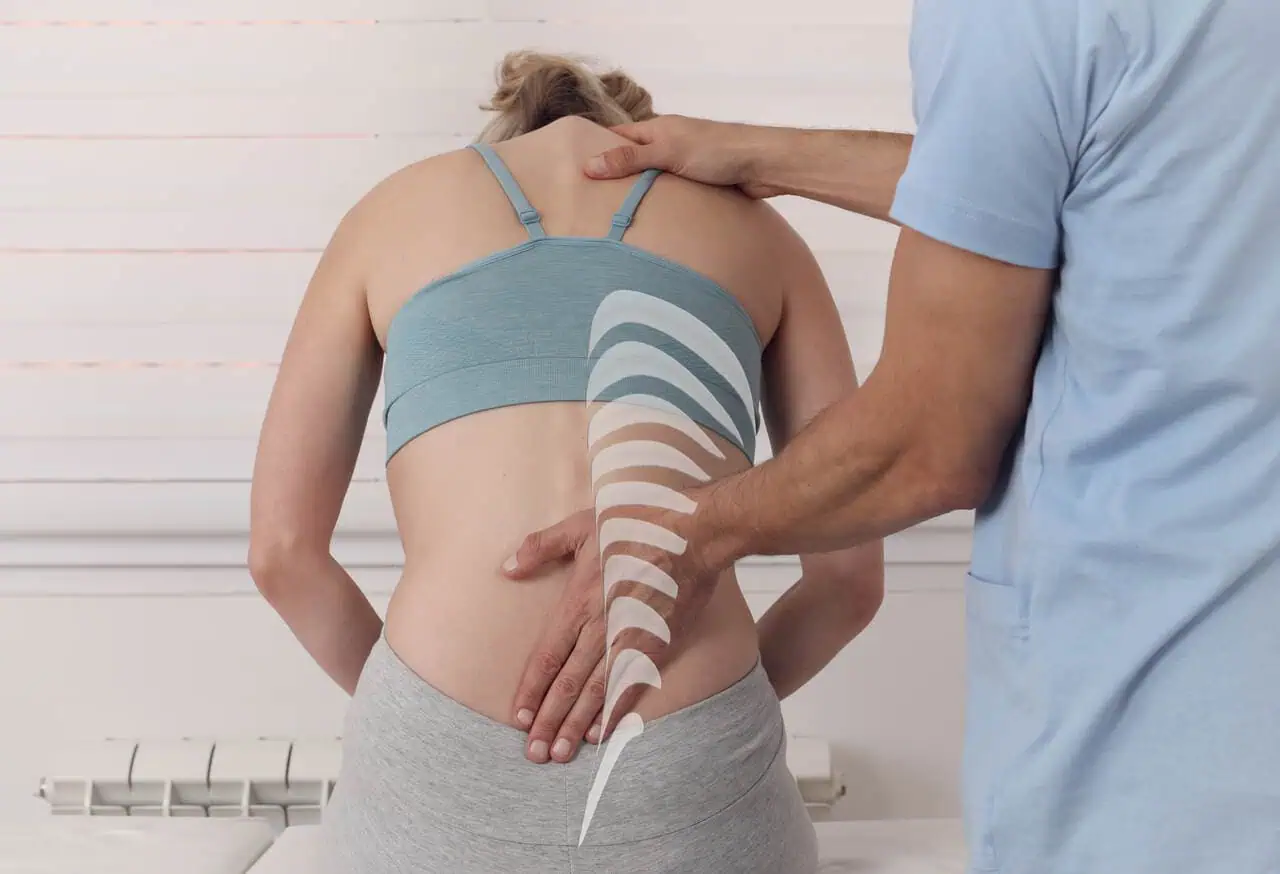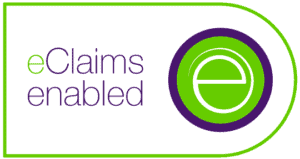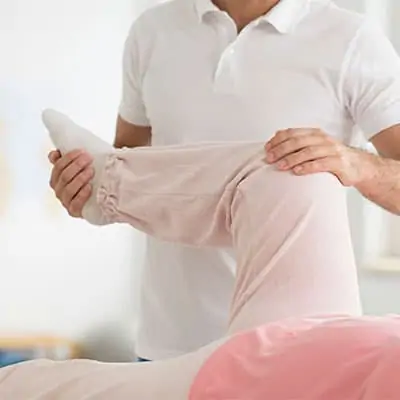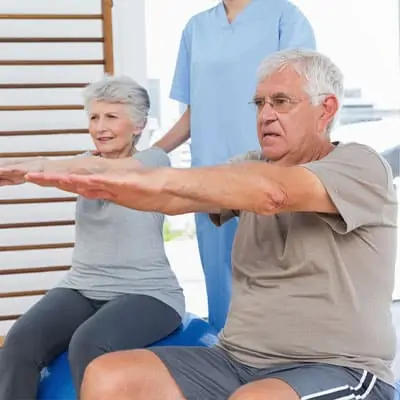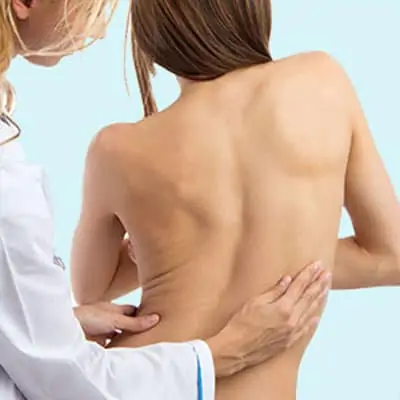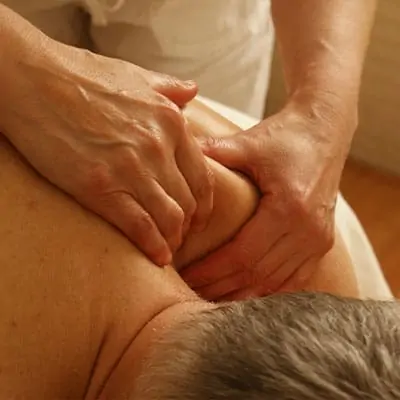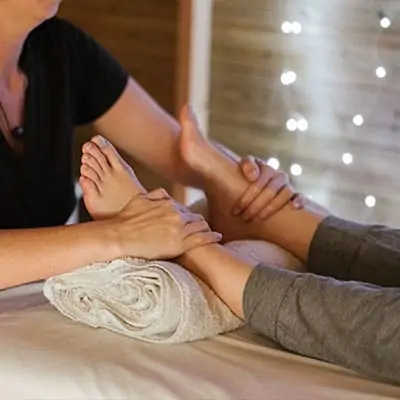Understanding Scoliosis
To explore alternative treatments for scoliosis, it’s essential first to understand what scoliosis is and the conventional methods used to treat it.
What is Scoliosis?
Scoliosis is a condition characterized by an abnormal lateral curvature of the spine. This curvature can take the shape of an “S” or a “C” and can vary in severity. Scoliosis affects individuals of all ages but is most commonly diagnosed during adolescence.
The causes of scoliosis are varied and can include genetic factors, congenital disabilities, neuromuscular conditions, and idiopathic origins where the cause is unknown. The symptoms of scoliosis can range from mild to severe and may include uneven shoulders, an uneven waist, or one hip higher than the other. For more detailed information on the causes and symptoms, you can visit our articles on scoliosis causes and scoliosis symptoms.
Conventional Treatment Methods
Conventional treatment methods for scoliosis typically depend on the severity of the spinal curvature and the age of the patient. These methods aim to prevent the curvature from worsening and to manage symptoms.
- Observation: For mild cases, regular monitoring through X-rays is recommended to ensure the curvature does not progress.
- Bracing: Bracing is often used for children and adolescents whose bones are still growing. A scoliosis brace can help prevent further curvature. For more on this, see our article on scoliosis brace.
- Surgery: In severe cases, surgical intervention may be required to correct the curvature. The most common procedure is spinal fusion, where two or more vertebrae are fused to reduce the degree of curvature.
- Physical Therapy: Physical therapy can be beneficial for strengthening the muscles around the spine and improving posture. Learn more about this in our article on scoliosis physical therapy.
| Treatment Method | Purpose | Suitable For |
|---|---|---|
| Observation | Monitor curvature | Mild cases |
| Bracing | Prevent progression | Children, Adolescents |
| Surgery | Correct curvature | Severe cases |
| Physical Therapy | Strengthen muscles | All ages |
Understanding these conventional methods can help you better appreciate the need for alternative treatments. To explore these innovative approaches, continue reading our section on scoliosis alternative treatments.
Exploring Alternative Treatments
For those seeking scoliosis alternative treatments, several non-traditional methods have shown promising results. These methods focus on improving posture, reducing pain, and enhancing overall quality of life.
Chiropractic Care
Chiropractic care involves manual adjustments to the spine, aiming to improve spinal alignment and reduce discomfort associated with scoliosis. Chiropractors use specific techniques to address spinal curvature, potentially minimizing progression and alleviating pain.
| Benefits of Chiropractic Care |
|---|
| Improved spinal alignment |
| Reduced pain and discomfort |
| Enhanced mobility and flexibility |
Chiropractic care should be done under the supervision of a qualified professional who specializes in scoliosis. Consult your healthcare provider to determine if chiropractic care is suitable for your condition.
Physical Therapy
Physical therapy plays a crucial role in scoliosis management by focusing on exercises and techniques that strengthen the muscles supporting the spine. Therapists design personalized exercise programs to address individual needs, aiming to improve posture and reduce curvature.
| Benefits of Physical Therapy |
|---|
| Strengthened back muscles |
| Improved posture |
| Enhanced flexibility and range of motion |
Physical therapy is often recommended as a complementary treatment and can be tailored to your specific needs. Explore more about scoliosis physical therapy for detailed information.
Yoga and Pilates
Yoga and Pilates are gentle, low-impact exercises that can be particularly beneficial for individuals with scoliosis. These practices focus on improving flexibility, strength, and body awareness, which can help in managing scoliosis symptoms.
| Benefits of Yoga and Pilates |
|---|
| Increased flexibility |
| Strengthened core muscles |
| Improved posture and body alignment |
Incorporating yoga and Pilates into your routine can be an effective way to complement other scoliosis treatments. Explore various scoliosis exercises for adults to find suitable routines.
Summary Table of Alternative Treatments
| Treatment | Benefits | Considerations |
|---|---|---|
| Chiropractic Care | Improved alignment, reduced pain | Requires qualified professional supervision |
| Physical Therapy | Strengthened muscles, improved posture | Personalized programs needed |
| Yoga and Pilates | Increased flexibility, strengthened core | Suitable as complementary therapy |
For a comprehensive approach, consider combining these treatments as part of your scoliosis management plan. Always consult with healthcare professionals before starting any new treatment to ensure it aligns with your specific needs and condition.
Cutting-Edge Approaches
Exploring innovative scoliosis alternative treatments can provide you with new options for managing your condition. These methods aim to reduce symptoms, improve posture, and enhance quality of life.
Schroth Method
The Schroth Method is a specialized physical therapy technique designed to treat scoliosis. This method focuses on elongating the spine, derotating the curve, and improving postural alignment through specific exercises and breathing techniques. The goal is to achieve a more balanced posture and reduce the curvature of the spine.
| Benefits of Schroth Method | Description |
|---|---|
| Improved Posture | Exercises aim to correct spinal alignment |
| Reduced Pain | Helps alleviate discomfort associated with scoliosis |
| Customized Treatment | Individualized programs based on curve pattern |
For more information on physical therapy options, visit our article on scoliosis physical therapy.
Electrical Stimulation Therapy
Electrical Stimulation Therapy uses low-level electrical currents to stimulate muscles and improve spinal alignment. Electrodes are placed on the skin over the muscles that need to be strengthened. The electrical impulses cause the muscles to contract, which can help in reducing the curvature of the spine over time.
| Benefits of Electrical Stimulation | Description |
|---|---|
| Muscle Strengthening | Stimulates muscle activity to support spinal alignment |
| Non-invasive | Does not require surgery or medication |
| Pain Relief | Can alleviate muscle pain and discomfort |
This therapy is often used in conjunction with other treatments. Learn more about how different therapies can be combined in our article on scoliosis management.
Bracing Options
Bracing is a common non-surgical treatment for scoliosis, particularly in children and adolescents. Modern bracing options are designed to be more comfortable and less restrictive than traditional braces. These braces are tailored to the individual’s specific curvature and aim to prevent further progression of the scoliosis.
| Types of Braces | Description |
|---|---|
| Rigid Braces | Made from hard plastic, provide strong support |
| Soft Braces | More flexible, made from elastic materials |
| Nighttime Braces | Worn only during sleep, less intrusive |
For a deeper understanding of how bracing works, check out our article on scoliosis brace.
By exploring these cutting-edge approaches, you can find alternative treatments that suit your specific needs and improve your overall quality of life.
Mind-Body Connection
Importance of Mental Health
Understanding scoliosis involves recognizing the significant role that mental health plays in managing this condition. Scoliosis, a curvature of the spine, can lead to emotional and psychological challenges. These challenges can include anxiety, depression, and a decrease in quality of life. It’s crucial to address these mental health aspects as part of a holistic approach to scoliosis treatment.
| Mental Health Aspect | Impact on Scoliosis Management |
|---|---|
| Anxiety | Can exacerbate pain perception |
| Depression | May reduce motivation for exercise routines |
| Quality of Life | Affects overall well-being and treatment adherence |
Stress-Relief Techniques
Managing stress is essential for individuals with scoliosis as stress can worsen symptoms and hinder treatment progress. Incorporating stress-relief techniques can help improve your overall well-being and complement your scoliosis treatment plan. Here are some effective methods:
- Mindfulness Meditation: Practicing mindfulness can help you stay present and reduce stress levels.
- Breathing Exercises: Deep breathing techniques can promote relaxation and decrease muscle tension.
- Yoga: Specific poses can improve flexibility and reduce stress. For more on how yoga can aid in scoliosis management, visit our article on scoliosis exercises.
- Progressive Muscle Relaxation: This technique involves tensing and then relaxing different muscle groups to alleviate stress.
- Journaling: Writing about your experiences and feelings can provide emotional relief and clarity.
Incorporating these stress-relief techniques can make a significant difference in your scoliosis management journey. Remember to consult with specialists to create a personalized treatment plan that addresses both the physical and mental aspects of scoliosis. For more information, you can explore our article on the importance of mental health in scoliosis treatment.
Lifestyle Modifications
Lifestyle modifications can play a significant role in managing scoliosis. By incorporating specific routines and adjustments, you can potentially alleviate symptoms and improve overall well-being.
Exercise and Stretching Routines
Exercise and stretching routines are vital for maintaining spinal flexibility and muscle strength. Regular physical activity can help manage scoliosis symptoms and improve posture. Engaging in exercises that target the core, back, and legs can be particularly beneficial.
| Exercise Type | Benefits |
|---|---|
| Core Strengthening | Improves stability |
| Back Stretching | Enhances flexibility |
| Leg Exercises | Supports overall balance |
For more detailed exercises, visit our article on scoliosis exercises.
Ergonomic Adjustments
Making ergonomic adjustments in your daily environment can significantly reduce discomfort associated with scoliosis. Proper seating, desk setup, and sleeping arrangements are crucial for maintaining spinal alignment.
| Adjustment | Benefit |
|---|---|
| Ergonomic Chair | Supports lower back |
| Adjustable Desk | Promotes good posture |
| Proper Mattress | Maintains spinal alignment |
For more tips on ergonomic adjustments, check our guide on scoliosis management.
Nutrition and Supplements
Nutrition and supplements can also play a role in managing scoliosis. A balanced diet rich in essential nutrients can support bone health and overall well-being. Certain supplements may be recommended to ensure you’re getting enough of these nutrients.
| Nutrient | Sources |
|---|---|
| Calcium | Dairy, leafy greens |
| Vitamin D | Sunlight, fortified foods |
| Magnesium | Nuts, whole grains |
For more information on dietary recommendations, explore our article on scoliosis nutrition.
By integrating these lifestyle modifications, you can take proactive steps towards managing scoliosis and improving your quality of life. Always consult with healthcare professionals to create a personalized plan suited to your specific needs.
Seeking Professional Guidance
Navigating scoliosis alternative treatments can be challenging. It’s essential to seek professional guidance to ensure you receive the best care possible.
Consulting with Specialists
Consulting with specialists is a crucial step in managing scoliosis. These experts can provide a comprehensive evaluation and recommend the most effective treatment options tailored to your specific condition. Specialists may include orthopedic surgeons, chiropractors, physical therapists, and other healthcare professionals experienced in scoliosis.
Regular consultations with specialists can help monitor the progression of your scoliosis and adjust your treatment plan as needed. This is particularly important if you are exploring alternative treatments such as the Schroth Method or electrical stimulation therapy.
| Specialist | Role |
|---|---|
| Orthopedic Surgeon | Diagnoses and treats spinal deformities, may recommend surgery |
| Chiropractor | Provides spinal adjustments and manipulations |
| Physical Therapist | Designs exercise and stretching routines to improve posture and flexibility |
| Nutritionist | Advises on nutrition and supplements to support spinal health |
Creating a Personalized Treatment Plan
Creating a personalized treatment plan involves a collaborative approach between you and your healthcare team. A tailored treatment plan considers various factors, including the severity of your scoliosis, your age, overall health, and lifestyle preferences.
Your treatment plan may incorporate a combination of alternative treatments, such as yoga and Pilates, physical therapy, and chiropractic care. Additionally, it may include lifestyle modifications like ergonomic adjustments and exercise routines.
| Treatment Component | Description |
|---|---|
| Chiropractic Care | Spinal adjustments to improve alignment |
| Physical Therapy | Customized exercises to enhance strength and flexibility |
| Yoga and Pilates | Practices to improve posture and reduce pain |
| Nutritional Support | Dietary changes to support bone health |
| Stress-Relief Techniques | Methods to manage stress and improve mental health |
By consulting with specialists and developing a personalized treatment plan, you can effectively manage scoliosis and improve your quality of life. For more information on specific treatments and lifestyle modifications, explore our articles on scoliosis exercises, scoliosis brace, and scoliosis pain.
